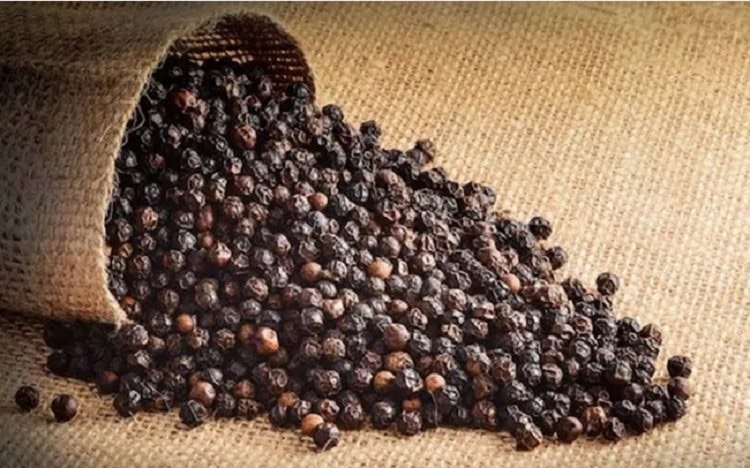According to the report of the annual Conference of Vietnam Pepper and Spices Association (PPSA) in 2024, Vietnam exported 250,600 tons of pepper of all kinds, of which black pepper reached 220,269 tons, white pepper reached 30,331 tons.
The total export turnover reached US $ 1.318 billion, of which black pepper reached US $ 1.117 billion, white pepper reached 200.6 million USD. Compared to 2023, the export volume decreased by 5.1%, but the export turnover increased to 45.4%.
The average export price of black pepper in 2024 reached 5,154 USD/ton, up 49.7% and white pepper reached 6,884 USD/ton, up 38.9% compared to last year.
Cinnamon is the second largest export value of Vietnam, in 2024, the whole country exported 99,874 tons of cinnamon, total export turnover reached 274.5 million USD, compared to 2023 increased 11.7 % in volume and increase 5.2% in turnover.
The United States is Vietnam’s largest pepper export market in 2024 with import volume of 72,710 tons, the value reached over 407.583 million USD, accounting for 28.9%, up 33.2% compared to 2023. Not only that, the United States is also the second largest cinnamon export market, with an import volume of 11,078 tons, accounting for 11.1% and up 9.0%.
Due to the importance of the US market, VPSA’s report emphasizes warnings about the residues of plant protection drugs from the flag of the flag and requires businesses to pay special attention.
Because according to the American Commercial Spice Association, in 2024, there were a total of 481 warnings from the United States for all imported spices, including mixed spices, up 39.4% compared to In 2023, equivalent to 136 cases, of which cinnamon increased by 26, chili 16 and pepper 6 cases.
Specifically, there are 49 warnings for pepper, 37 cases for cinnamon and 34 cases for chili. Particularly, Vietnam recorded 15 warnings for spices exported to the United States, of which 6 cases for cinnamon, an increase of 4 cases compared to last year. Generally, the US warnings for Vietnam increased by 150%.
Europe is the second largest pepper consumption area after Asia, about 120-130 thousand tons/year. Vietnam is the largest pepper supplier for Europe, accounting for about 45%every year, followed by Indonesia and Brazil.
Last year, Europe issued 77 warnings about residues of plant protection drugs, reducing 2 cases compared to 2023, of which 8 cases; 35 cases; Cinnamon 12 cases; Ginger 5 cases, nutmeg 8 cases.
Vietnam is the country recognizing the highest number of warnings among the 24 spices to this market, with 21 cases, an increase of 7 times compared to 2023, of which 11 warnings about chili, 7 warnings about Cinnamon (3 lead) and 1 Samonella bacteria warn about pepper.
In addition to the information about plant protection drug residues, VPSA’s report also emphasized the export market forecasts in 2025.
Accordingly, the global pepper production in 2025 is forecasted to continue to decrease compared to 2024, marking the 4th consecutive reduction in consecutive since 2022. This reflects the status of pepper trees is no longer the owner of the owner of the owner. The force of many farmers, especially in the context of the economic value of other crops such as durian, coffee and oil brushes increased significantly. On the other hand, climate change with extremist weather phenomena has reduced productivity and increased the cost of maintaining pepper production.
The global pepper price in 2025 is expected to continue to maintain a high level due to the decline in supply, while the demand in large markets such as the United States and Europe remains stable. The need to use pepper in the food industry and spice processing is still the main motivation for the market.
Vietnam and Brazil still maintain the position of two pepper export powers in 2024. However, Indonesia has emerged as a significant supplier, especially when Vietnam and Brazil have a crop loss of seasonal crops. Recently.
“In 2025, Brazil’s output is expected to recover, while Indonesia can reduce production due to difficulties in investment and unfavorable weather conditions. India, a large consumer country, also also The forecast of reducing production due to the influence of floods, leading to farmers’ restriction on investment and liquidation of inventories when domestic prices decrease, “the report emphasized.

